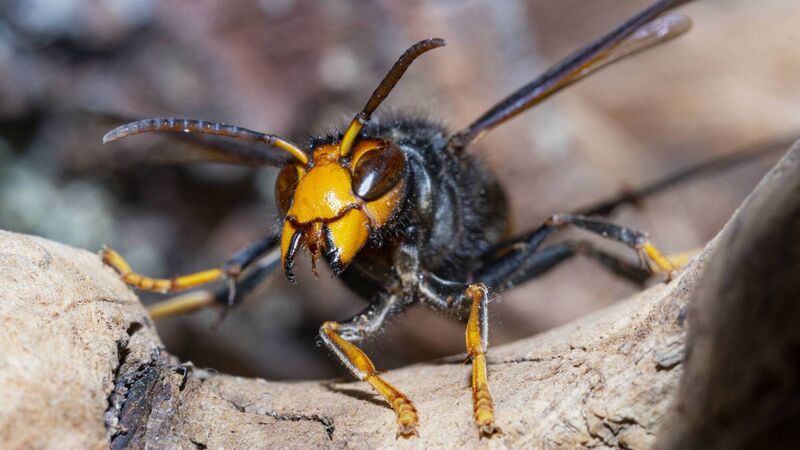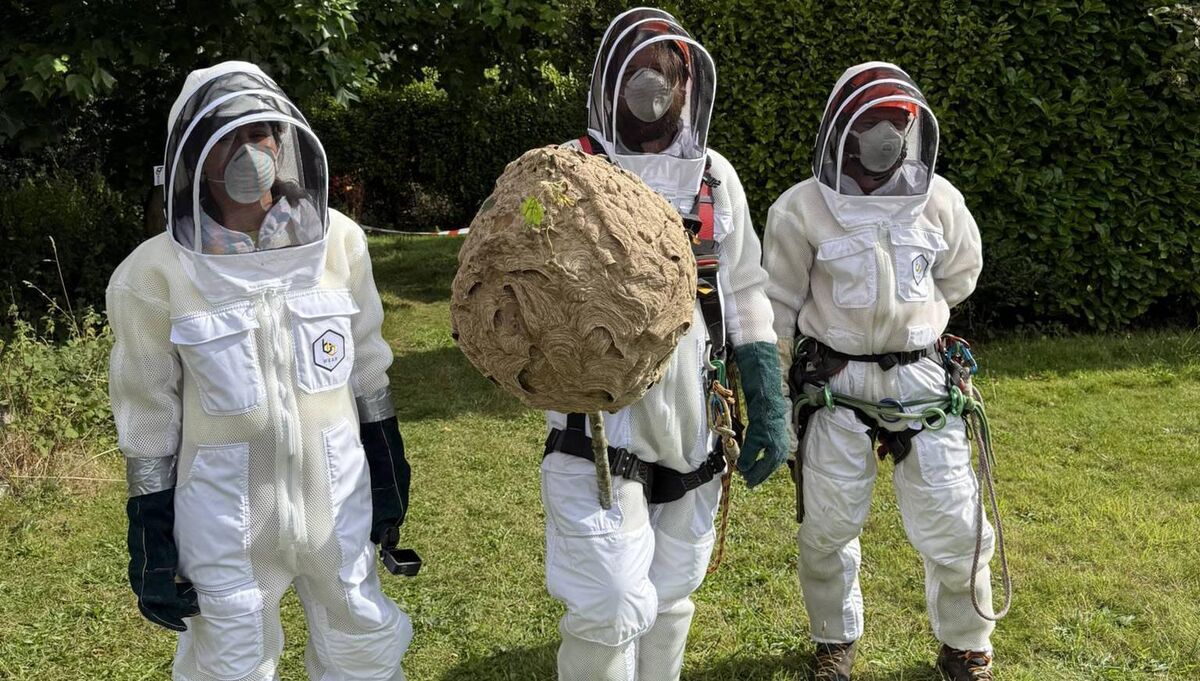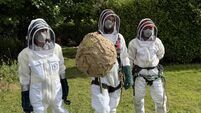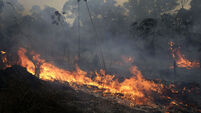Climate change making Ireland more hospitable to invasive species, experts warn

The Asian hornet is an invasive species in European countries, and a threat to local biodiversity.
The discovery of two large Asian hornet nests in Cork and the single hornet sighting in Dublin in August and September is the latest indication that climate change is making Ireland more suitable for invasive species, the Climate Change Advisory Council has warned.
These species are a “growing threat” to the country’s native biodiversity and are a sign of an “accelerating ecological risk”, the council said in its latest annual review of biodiversity.

The report has recommended that the National Parks and Wildlife Service deliver its “long-overdue” national invasive species management plan.
The Climate Council has called for this plan to be published before the end of the year, with targeted actions to monitor and manage species of concern.
It has also highlighted the growing risk to biodiversity and ecosystems from the increased impacts of climate change.
It has warned Ireland is “falling far short” of its international conservation commitments, with only 14.4% of land and just under 10% of marine areas under formal protection.
This is, the council points out, far below the 30% target set for 2030 under the Global Biodiversity Framework.
More ambitious biodiversity conservation and restoration measures are needed in and outside protected areas, according to the council.
“Climate change is making Ireland more hospitable to invasive species due to milder winters and warmer summers,” said CCAC member Professor Yvonne Buckley.
“These risks, identified as substantial by 2050 and critical by 2100 in the national climate change risk assessment, highlight the urgent need to strengthen our surveillance, control, and management systems.
“Biodiversity is not just protecting nature, it’s about supporting climate resilience and making our communities more pleasant places to live.
“If the Government is serious about climate action, then it must invest in supporting biodiversity.”
The review report has also said the Government needs to “urgently” strengthen planning processes to prevent further biodiversity loss and embed nature-based solutions in the design and delivery of all future infrastructure developments.
The council has called on the Government to issue national guidance and enact specific regulations to better integrate biodiversity into the planning system.
This should include the use of nature-inclusive infrastructure design, the creation of biodiversity corridors, and the restoration of nature-friendly habitats in all new developments.
Commenting on the challenges facing the biodiversity sector, Prof Buckley said: “Government's failure to tackle biodiversity loss is having a detrimental impact on Ireland’s ability to reduce greenhouse gas emissions and its resilience to extreme weather events.
“A key priority must be to incorporate nature-based solutions and biodiversity enhancement measures into new developments.
“This is good for our climate, good for biodiversity, and good for people.
“By ensuring our infrastructure provides green and blue spaces, we can increase wellbeing and make our communities better places to live.”
The council has also said Ireland’s peatlands are at considerable risk, with only 25% in a healthy condition, and require ambitious targets to be set for 2030, 2040, and 2050, and restoration measures to help capture significant volumes of carbon, support flood mitigation, and enhance water quality.
Limited resourcing for biodiversity across departments and agencies also remains a concern for the council, with an estimated annual investment gap of €700m.
This is compounded, the council said, by the Government’s inaction to prioritise a dedicated allocation for biodiversity conservation and restoration measures within the Infrastructure, Climate and Nature Fund.
The council has also said that it welcomes the establishment of an independent advisory committee and related working groups for the development of the national nature restoration plan.
But it notes: “This must be reinforced by committed investment to enhance and protect biodiversity that is supported by a significant increase in biodiversity-related human resources capacity across all of Government.”
CLIMATE & SUSTAINABILITY HUB













